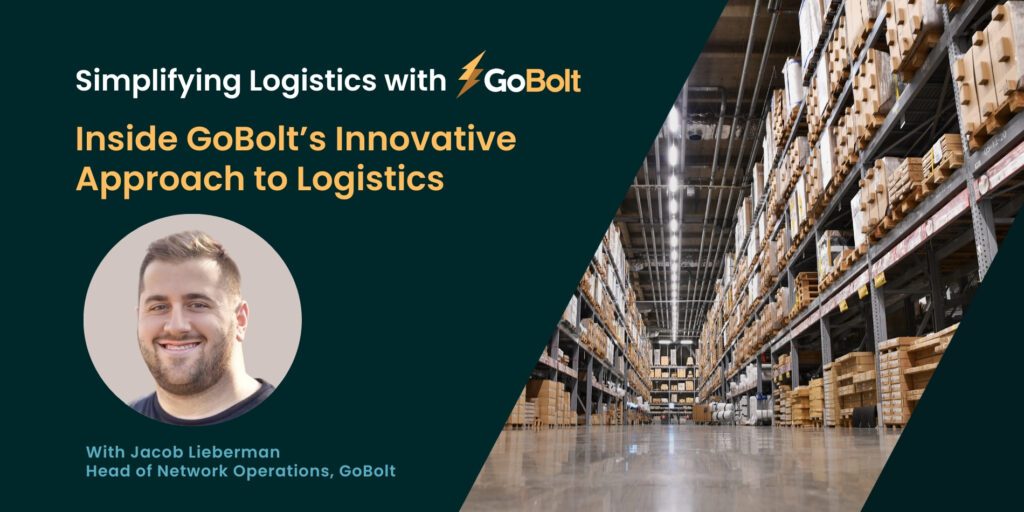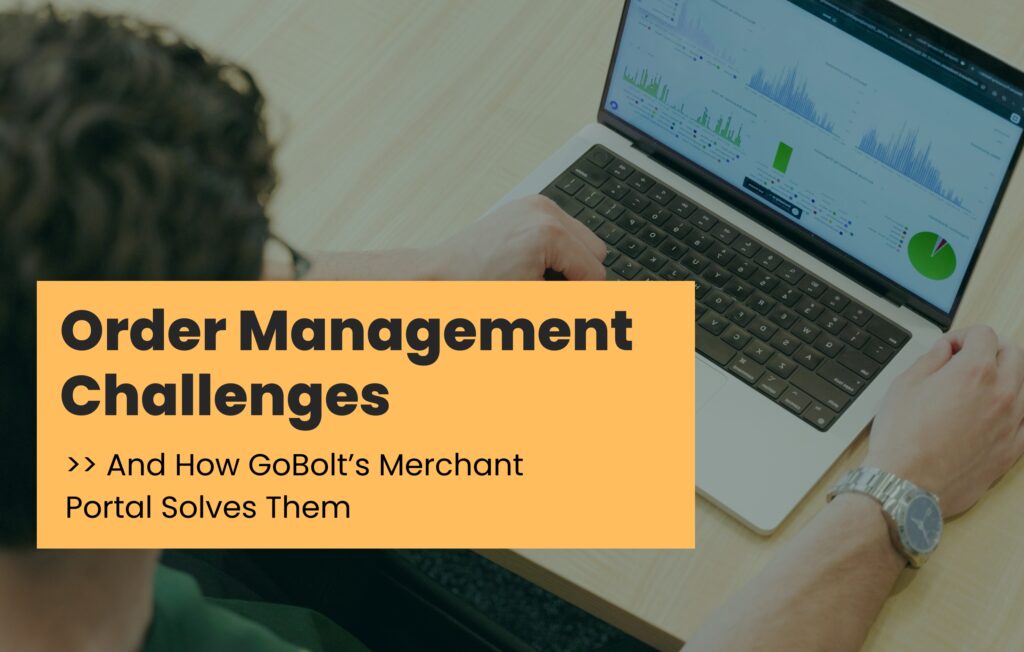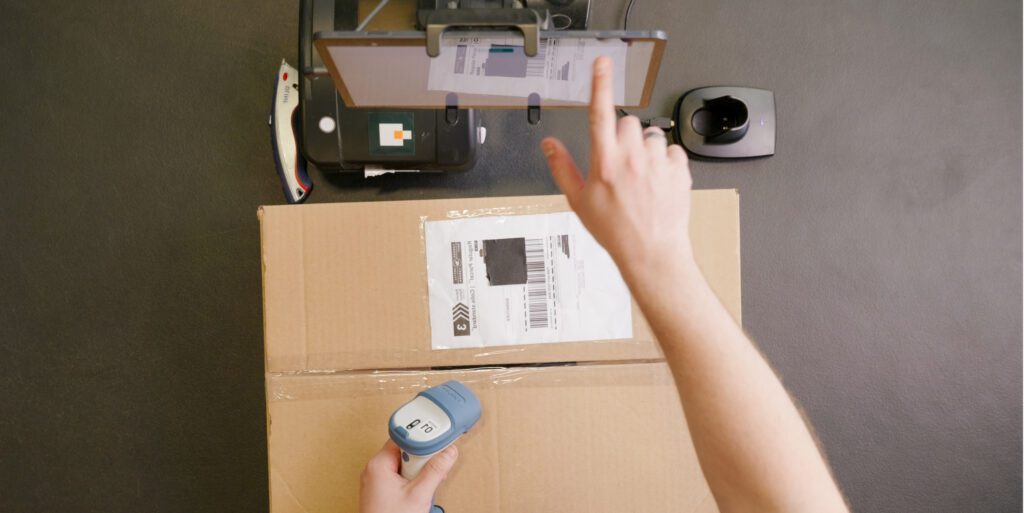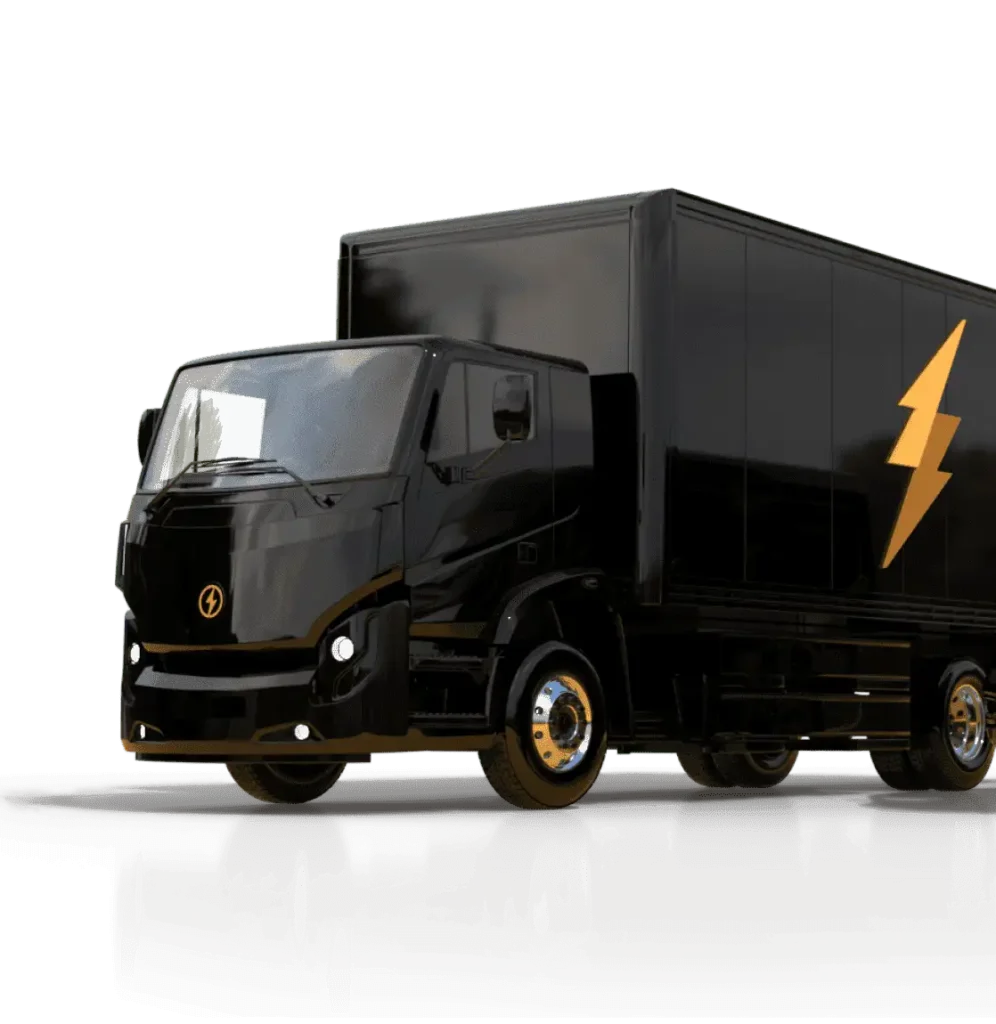Supply chain disruptions, complex customs regulations, and increasing shipping expenses can lead to significant challenges for global brands dealing with cross-border logistics, specifically importing goods into the United States. But we’re here to help.
In our two-part conversation with Jacob Lieberman, the Head of Network Operations at GoBolt, he shares how GoBolt’s strategic partnerships and innovative solutions help global brands navigate the intricacies and high costs of operating on an international scale.
Here’s what he had to say about how GoBolt leverages tax and duty-free provisions, direct-injection and zone-skipping strategies, electric-powered delivery fleet, and a vast network of carrier partners to deliver cost savings and operational efficiencies to help global brands with their cross-border logistics:
GoBolt serves global brands with cross-border logistics operations. Can you break down how your network functions?
JL: Our global network works in a few different channels that include coast-to-coast electric delivery, cross-border shipping through Section 321 and Global logistics solutions. We’ve built our own fully electric delivery network, a coast-to-coast delivery solution stretching across all urban Canadian markets from Vancouver to Calgary and Toronto. The wheels are also in motion to build out our electric-powered delivery network in the U.S. We also fly our brand’s business coast to coast domestically within Canada and the U.S. to offer our Merchants a true express service level at ground prices.
What cross-border shipping strategies are used to ensure cost-effectiveness and an uncompromised delivery experience?
JL: The biggest component of what I call GoBolt’s cardiovascular system is how we leverage Section 321. This is a trade agreement between Mexico, Canada, and the U.S. that allows for the tax and duty-free crossing of goods with a fair retail value of $800 USD or less. We leverage this for our Canadian brand partners shipping high volumes of smaller, less expensive items into the US.
In doing so, our brand partners receive the benefits of steeply discounted access to courier and postal solutions in the U.S. while not compromising on their shoppers’ delivery experience.
Can you share additional insights into Section 321 and its importance to global brands?
JL: Section 321 holds immense significance for brands doing cross-border shipping. First, it facilitates participation in a duty drawback program that allows brands to reclaim import costs, taxes, and duties incurred when importing goods into Canada. Additionally, there are stark differences in the tariff costs between U.S. and Canadian port entries. Choosing a Canadian port of entry can translate into significant savings for global brands. We’ve seen savings ranging from 10% to 15% by making this change. Beyond that, global brands have to consider socioeconomic factors and potential logistical challenges, like when ports in the Western U.S. were backed up for weeks on end. This is where Section 321 becomes a strategic imperative for cross-border logistics as it offers brands a means to mitigate risks and enhance their overall operational resilience.
Let’s dive deeper into cross-border shipping. Can you tell us about GoBolt’s direct injection strategy and the advantages it offers global brands?
JL: Direct injection is a simple concept that involves us taking our merchants’ business and bringing it directly to our network of partner carriers. This isn’t a normal solution for a lot of brands, particularly those in Canada that are serviced by bigger, legacy carriers. The problem with that system though is it’s extremely cost prohibitive. In general, it’s very expensive to do commerce across borders and brands are really limited in the options that they can use. Direct injection is our network bringing all of our merchants’ business right to these unique carriers’ doorsteps. Because we do all of the partnership work upfront, we can leverage the wholesale rates that we’re privy to, and, then as a result of that, deliver orders faster to end shoppers at extremely competitive rates. While the service and price are the two key factors in this offering, we also take on the burden of carrier diversification so our brand partners don’t have to.
Can you elaborate on GoBolt’s zone-skipping strategy and how it benefits brands?
JL: First and foremost, zone skipping from a cost perspective is getting a brand’s goods closer to their end destination and then capitalizing on a closer induction point.
Let’s say we have a brand using one of our Calgary facilities and shipping to New York. At a glance, Calgary can be tough because of high shipping costs, especially when going into the U.S. and places where carrier options aren’t particularly broad. At GoBolt, we can fly our brands’ volume to Toronto and then cross the border into New York and induct them into the carrier facility. This offers our brand partners more competitive shipping rates as they’re paying for a New York to New York label, whereas they would historically be paying for a Calgary to New York label.
Beyond that is the customer experience and faster delivery times. Domestically within Canada, we fly our brand business coast to coast. We call it our own GoBolt air solution. We’re now seeing next-day deliveries for a number of brands between Vancouver and Toronto, and are using the strategy in every urban market in Canada. This is really one of GoBolt’s strengths. We can offer brands that Amazon experiences with next-day and two-day shipping services, and we are doing it with complete zone and air-skip solutions from end to end.
How does GoBolt ensure visibility for packages within its network?
JL: GoBolt operates not only as an end-to-end supply chain solution but also as a technology-driven company transforming the physical logistics landscape. The majority of our carrier solutions, including our own first-party delivery, are meticulously tracked through end-to-end APIs. We have an in-house data management team that oversees data warehousing and storage. They curate merchant-facing and internal reports that monitor Service Level Agreements (SLAs), manage delivery exceptions, and maintain a real-time overview of our expansive network. Given the complexities of our various channels, we rely on our technology and utilize carrier API integrations to fetch data and curate reports at a moment’s notice. All of this ensures that our brands maintain complete visibility into their orders and shipments.
Looking ahead to 2024, can you share insights into the technologies or emerging trends that you anticipate impacting the logistics landscape?
JL: One of the most exciting developments in our network strategy revolves around a pending integration slated for a Q1 launch. Without getting too into the details, this integration is going to automate the criteria of shipping rules and instructions for our brand partners. Let me nerd out here. Imagine a scenario where a shopper selects two-day express delivery. Our soon-to-be-launched tool will recognize the shopper’s location, let’s say Toronto where we are fulfilling the order, and determine that the most expedited service product isn’t necessary to serve that order as a ground option can achieve the expected transit time, but at a much lower cost.
The software we’ve developed can recognize all of a brand’s criteria for rules and preferences while considering various factors like the lowest cost and time in transit, allowing us to automate the entire shipping experience. This is exciting because it enables us to emphasize the technological aspect of GoBolt’s business and deliver immediate value to every brand we serve without seeking out new partnerships or developing different physical logistics strategies.
What would it take for you to look back in a year and think 2024 absolutely rocked?
JL: A huge point of pride and positive team reflection will come from the expansion of our sustainable electric network. We’ve got eyes on a number of new markets in 2024. I’ll take immense pride in successfully launching and serving these markets with our sustainable solutions. GoBolt’s sights are trained on increasing volume for a greater number of brands through sustainable delivery methods, ultimately establishing this as the primary shipping strategy for brands in the future. Continuing this mission will make all of 2024 a success.
Thanks, Jacob!
Want to read more of our conversation? Check out Part 1 for what Jacob has to say about GoBolt embracing sustainability, transforming shipping cost management, and positioning itself at the forefront of the logistics industry.






